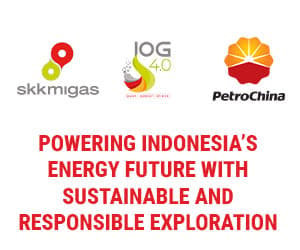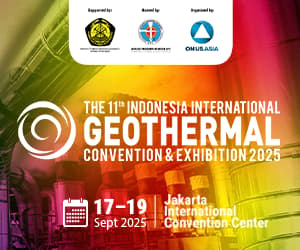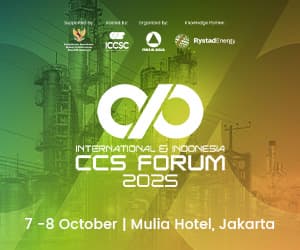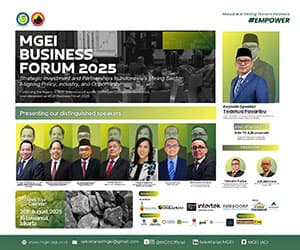By Romel S. Gurky
Indonesian Ministry of Energy and Mineral Resources (ESDM) has officially issued a new regulation concerning benchmark prices for minerals (HPM) and coal (HPB), introducing more flexibility for mining companies while maintaining the state's revenue safeguards.
The new policy allows mining companies to sell commodities below the official benchmark prices, provided that taxes and royalties are still calculated based on HPM and HPB values.
These provisions are outlined in Ministerial Decree (Kepmen) No. 268.K/MB.01/MEM.B/2025, signed on August 8, 2025. This regulation revokes the earlier Kepmen No. 72.K/MB.01/MEM.B/2025, which required all sales of metallic minerals and coal to adhere strictly to benchmark prices.
Under the new rules, the ministry grants exceptions to holders of mining permits (IUP), special mining permits (IUPK), Contracts of Work (KK), and Coal Mining Concession Agreements (PKP2B) that already have sales contracts priced below the benchmark.
“In cases where holders of Mining Business Permits in the production operation stage, Special Mining Business Permits, or Special Permits for Continuation of Contract/Agreement Operations—including KK and PKP2B holders—sell metallic minerals or coal based on contracts priced below HPM or HPB, the benchmark prices must still be used as the basis for calculating tax obligations and royalties,” states Article 4 of the decree.
Read also: Minister appoints new director general of mineral and coal
Despite the pricing flexibility, the ministry emphasized that HPM and HPB remain the basis for calculating taxes and production royalties. In other words, even if a company sells below the benchmark price, its financial obligations to the state will still be based on the official benchmarks.
The ESDM stressed that HPM and HPB serve as minimum reference prices to prevent undervaluation and transfer pricing practices that could reduce state revenue.
The decree’s appendix includes detailed pricing formulas for various metallic minerals such as nickel, cobalt, copper, gold, bauxite, and different grades of coal based on calorific value.
This policy marks a further step by the government to improve mining governance—particularly in terms of pricing transparency and clarity in tax and royalty calculation—ensuring the state continues to optimize revenue collection even with increased contractual flexibility.
Editing by Reiner Simanjuntak













